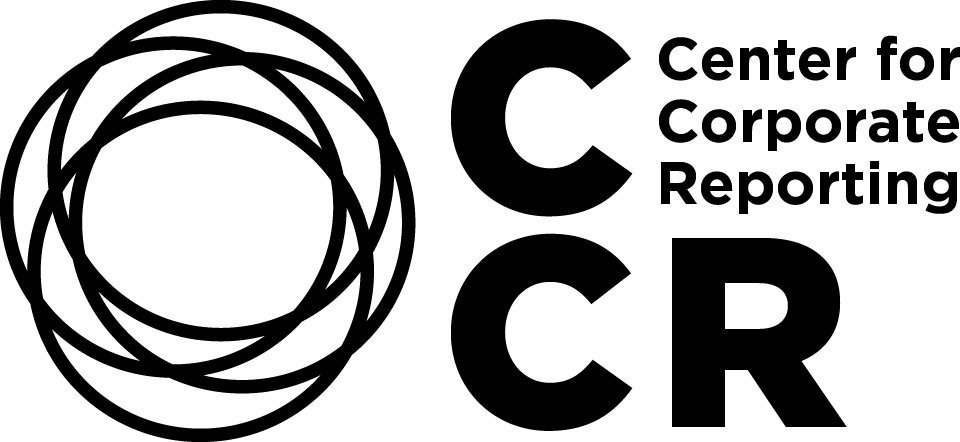The debate in Switzerland about obliging companies to report on non-financial topics has been rumbling for some time now, amid proposals and counter-proposals. As we wait to see what form any legal obligation may take, the question is: how well placed are Swiss companies to respond to today’s complex sustainability context?
The debate in Switzerland is a clear example of the trend at a global level: the picture is one of rapidly rising expectations being placed on companies. Let’s take for instance the changing attitudes of consumers and employees as Millennials enter the workplace and acquire spending power:
73% of consumers would be willing to pay more for a product with transparency in all aspects (Source: Label Insight Transparency ROI Study);
62% of consumers want companies to take a stand on current and broadly relevant issues like sustainability, transparency or fair employment practices: the same proportion are attracted to brands that have ethical values and show authenticity in their actions (Source: AccentureStrategy);
38% of LinkedIn users consider purpose as important in their career choices as pay and status (Purpose at Work, LinkedIn/Imperative).
Surveys of investors and sustainability experts paint a similar picture: to be credible and engaging, sustainability needs to go beyond a technical reporting approach that focuses principally on explaining past performance. It needs to project a company-specific strategy of future action focused on addressing shared goals. Regulation and legislation appear to be running behind public opinion and the expectations of large investors: stakeholders are already judging the actions of business every day, putting pressure on companies to explain their actions and show their commitment.
How are Swiss companies placed? We’ve been tracking the sustainability and CSR communications of major Swiss companies since 2009 through our “.future” research (formerly CSR Online Awards), which has assessed 60 Swiss companies among 230 European firms we’re tracking. Our research rates companies’ digital corporate channels on two related pillars: the first (“Substance”) seeks to evaluate a company’s approach to sustainability and its transparency; the second (“Distinctiveness”) aims to understand how engaging sustainability content is for users, from storytelling to social media.
Some companies tend to give too much weight to the former: they are the “Explainers”, with communication that is usually informative but rather dry and technical. Giving too much weight to the latter just as bad: these are the “Glitterati”, with websites and social media channels that look great, populated with glitzy sustainability stories but lacking the hard evidence to support what is claimed. Our research suggests that the best way to communicate sustainability is to marry substance and distinctiveness – i.e. sharing engaging and unique content that talks about material topics and action taken strategically to manage social and environmental impacts. Companies that pull this off we term “Narrators”.
What’s emerged is that Swiss companies are consistently falling below the mark in providing stakeholders with the essential building blocks of sustainability communications. Many lack a robust and structured approach to non-financial transparency to underpin their communications but, in general, it’s the substance that is often the weak link. That’s deleterious, because we know how important it is for credibility.
In our latest study, we eliminated 55% of the Swiss companies included (the top 50 listed companies plus 10 major non-listed brands) for failing our basic test of online sustainability content: we call these the “Sleepers”. That’s way higher than our benchmark study of Europe’s top companies (see chart) and pretty much in line with the situation in our previous research. What’s more, the Swiss result is dominated not only by these “Sleepers” but also by “Traditionalists”, which don’t excel particularly in either “Substance” or “Distinctiveness”, taking a broadly standard approach to communications.
The generally underwhelming performance in our “Substance” criteria means there are more “Glitterati” than “Explainers” in Switzerland: there are many cases of good sustainability storytelling and use of social media channels such as LinkedIn. But not so much clarity on long-term targets, performance and treatment of hot topics like diversity, climate change and the SDGs.
Beyond questions of compliance with legal requirements, the results call for reflection about how companies are engaging with society more widely. In a “post-truth” world, transparency is underpinned by a relationship between business and society, formed through engagement with diverse stakeholders. That’s not something that a reporting obligation alone will bring. Given the trend towards putting stakeholders at the center of strategy and digital users at the center of engagement efforts, how you communicate with the wider world can say a lot about how robust your response to sustainability is.
We will publish full findings of our latest study later this month.
Advantages for CCR corporate members
- Extended white paper with the results of the Swiss research
- Highlights of individual company performance (if included in the study)
- Complementary meeting to present and discuss the research (travel costs to be covered only)
James Osborne
James Osborne is partner and head of sustainability at Lundquist, a strategic communications consultancy, where he works on stakeholder engagement, sustainability reporting and digital communications. With a career in journalism and communications, he is fascinated by how communications can contribute to action on environmental and social causes and how digital technologies are transforming the way we inform and interact. Follow on Twitter @jabosborne.



